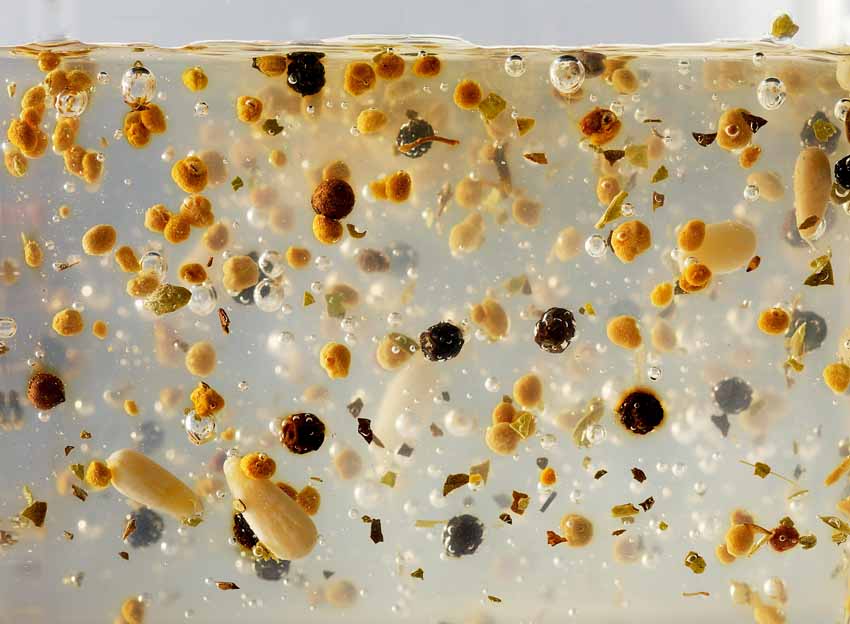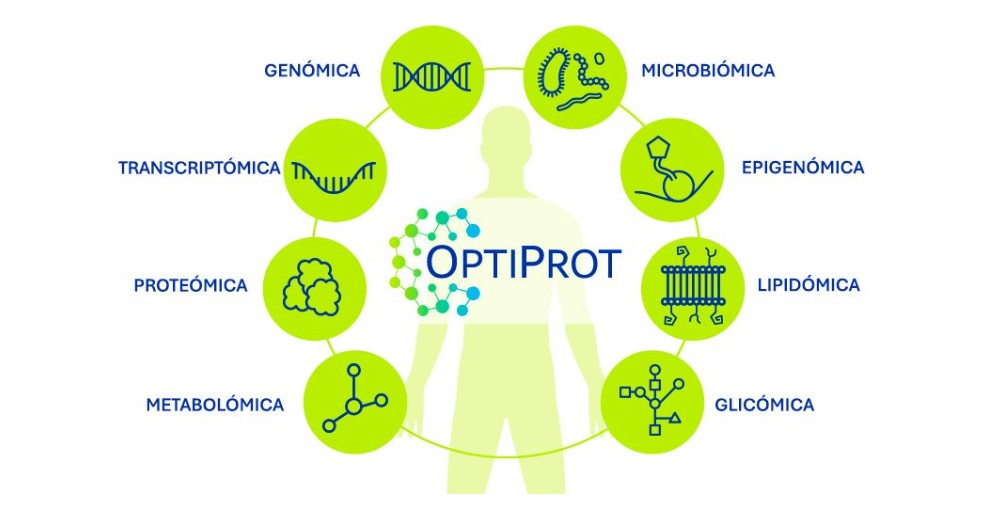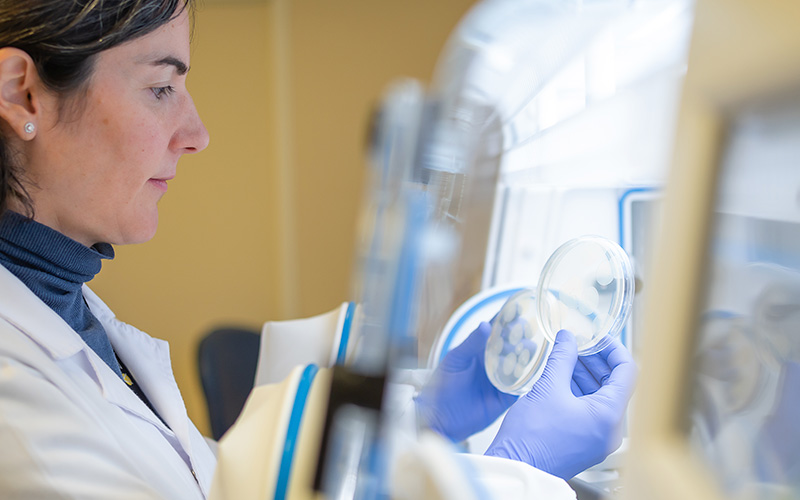How can we achieve a healthy microbiota?
Últimas noticias
A new tool promotes the sustainable development of maritime sectors and marine biodiversity conservation
AZTI analyses the keys to increasing food production without damaging the planet: from eco-design to the role of the consumer
ATIPECA: Innovation for sustainability in aquaculture
AINARA CANO and NEREA PEÑA, researchers at Food and Health
The microbiota consists of all those microorganisms (commensals or pathogens/good or bad) found in a given environment, such as soil, water or other living organisms, and includes bacteria, archaea, protists, fungi and viruses.
The term microbiome refers to the entire habitat, including these microbial communities, their genes and molecules, as well as the environmental conditions surrounding them.
Índice de contenidos
Why should we look after our microbiota?
The human body contains 10 times more bacteria, fungi and other microorganisms than human cells. Microbiota can account for up to 1 kg of our body weight and have very important functions in our body:
- Defence: it protects our organism from colonisation by possible pathogens and promotes the correct development and functioning of the immune system.
- Digestive: it facilitates the correct digestion of food.
- Metabolic: synthesises and helps the absorption of essential elements for our body that we cannot produce ourselves, such as B vitamins, vitamins A and K, amino acids, omega-3 fatty acids and short-chain fatty acids.
- It supports the structural maintenance and normal function of the intestinal wall and its mucosa. If the intestinal wall becomes permeable due to a disturbance in the balance of good and bad bacteria, called “dysbiosis”, inflammation occurs.
- Neurological: some bacteria synthesise amino acids such as tryptophan, neurotransmitter hormones such as serotonin (related to happiness) and dopamine (related to reward stimuli).
Tips on how to use food to take care of our microbiota
The composition of each person’s gut microbiota is unique, as are their characteristics and health needs. Likewise, there are factors that impact on its composition that are beyond our control, such as the time of birth, the type of delivery by which we were born, gender, age, the diet we received as babies, and genetics.
Fortunately, there are environmental factors that we can influence, such as diet, lifestyle, stress, antibiotic use, etc. Since the food we eat passes through the intestinal tract, what we eat also has a direct effect on the health of our microbiota. Although there is no such thing as a beneficial or harmful microbiota, we can follow some tips that will help us to keep it in good condition:
- Increase the consumption of fibre, such as resistant starch, which is direct food for our bacteria and can be obtained through complex carbohydrates and tubers. Specifically by cooking them, leaving them to cool and consuming them the following day without subjecting them to high temperatures. Another interesting fibre is beta-glucans, which can be found in oats and mushrooms.
- Incorporate quality fermented foods into your diet, such as sauerkraut, miso, tempeh, kombucha, water or dairy kefir.
- Increase your intake of polyphenols. These are found in berries, grapes and pomegranate. They are great stabilisers of the microbiota, feeding bacteria such as akkermansia (bacteria that are reduced in obesity).
- Don’t forget omega-3 fatty acids, which are inflammatory modulators, so they are stabilisers of the intestinal environment and, therefore, of the microbiota. Include oily fish, chia, flax, algae…
Probiotics, prebiotics, postbiotics? What is what and what are they for?
We hear a lot about them, but what are they, and what are they for?
- Probiotics: these are bacteria which, once ingested, reach the intestine intact and in sufficient quantity to be able to carry out their functions. The probiotics best known for being present in yoghurts are those of the Lactobacillus and Bifidobacterium genera.
- Prebiotics: these are the food of the micro-organisms. They act as fertilisers that stimulate the growth of healthy bacteria. Prebiotics are found in many fruits and vegetables, especially those containing complex carbohydrates such as fibre and resistant starch.
- Postbiotics: the set of active components produced by bacteria or those found within bacteria, such as enzymes, proteins, polysaccharides or lipids.
In the Food and Health team, we analyse the composition of intestinal bacteria in a small sample of faeces. From there, we extract the DNA and select the DNA of the bacteria by PCR, sequence it and perform bioinformatics and biostatistical analysis of the data. Thus, we see “who is there” and assess the stability of each person’s microbial ecosystem according to nutritional habits, various omics disciplines such as red blood cell membrane lipidomics and other parameters, and develop personalised nutritional recommendations.







